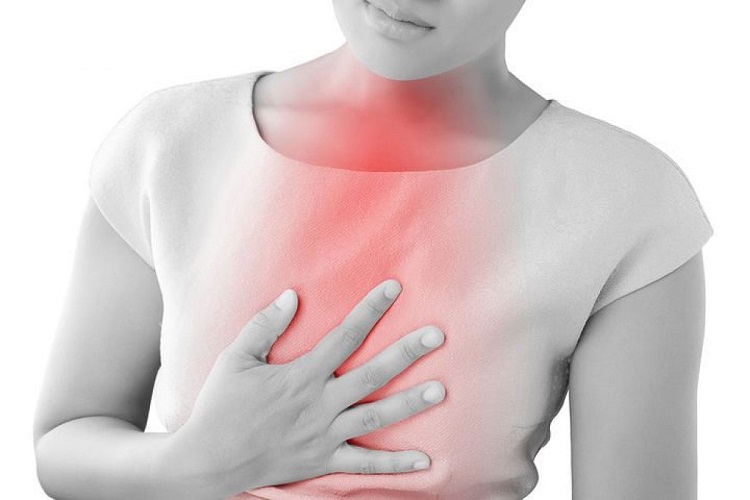
The esophagus is a tube that carries food from the mouth to the stomach. Gastroesophageal reflux disease occurs when the muscle at the end of your esophagus does not close properly. This allows the contents of the stomach to leak into the esophagus or causes reflux and stimulate it and may cause a burning sensation in the chest or throat (so-called heartburn). Sometimes you can taste gastric juices in the back of the mouth. If you have these symptoms more than twice a week, you may have GERD. You can also have GERD without heartburn. Other symptoms may include a dry cough, asthma or difficulty swallowing.
Esophagitis (inflammation of the esophagus)
GERD is the most common cause of esophagitis (inflammation of the esophagus). If the esophgeal sphincter has a problem and it is not possible to open and close it completely, there is a possibility that the contents of the stomach will go back into the esophagus or so-called reflux will occur, which will cause stimulation and irritation of the esophagus and eventually esophagitis.
Reflux symptoms
The most common symptoms of GERD
regular heartburn, a painful sensation, and burning in the middle of the chest, behind the sternum, and in the middle of the abdomen.
Other common symptoms of GERD include
-
Bad Breath
-
nausea
-
Pain in the chest or upper abdomen
-
Swallowing problems or painful swallowing
-
Respiratory problems
-
Vomit
-
Plaque on the teeth
Diagnosis of GRED
-
Upper gastrointestinal tract (GI) endoscopy and biopsy
-
Upper gastrointestinal tract (GI) imaging
-
Esophageal blood pressure monitoring
-
Esophageal manometry
Treatment and control of GERD
-
Do not eat or drink things that may make GERD worse; Such as: fatty or spicy foods and alcoholic beverages
-
Avoid overeating
-
Avoid eating large meals 2 to 3 hours before bedtime
-
If you are overweight or obese, lose weight.
-
Quit smoking and avoid exposure to smoke
-
Taking over-the-counter medicines, such as Maalox or Rolaids
-
See a doctor who may recommend lifestyle changes, medications, surgery, or combination therapy.
Diet and nutrition
Dietary changes that can help reduce the symptoms of GERD include:
-
Reduce the consumption of fatty foods
-
Eat small, frequent meals instead of three large meals
-
Avoid eating or drinking the following things that may make GERD worse:
Chocolate
Coffee
Spicy mint
Fatty or spicy foods
Tomatoes and tomato products
alcoholic drinks
Foods that reduce the symptoms of GERD
-
vegetables
Vegetables are naturally low in fat and sugar and help reduce stomach acid. Good options include green beans, broccoli, asparagus, cauliflower, green leafy vegetables, potatoes and cucumbers.
-
Ginger
Ginger has anti-inflammatory properties, which is a natural remedy for heartburn and other gastrointestinal tract problems. You can add grated or chopped ginger root to foods and beverages or drink ginger tea to ease the symptoms.
-
Oat
Oats are a great and nutritious breakfast, a whole grain and a great source of fiber. A high-fiber diet is associated with a reduction in the symptoms of acid reflux. Other fiber options include whole meal breads, brown rice and whole grains.
-
Non-citrus fruits
These non-acidic fruits (including melons, bananas, apples and pears) cause less reflux symptoms than acidic fruits.
-
Lean meat and seafood
Meats such as chicken, turkey, fish and seafood are low in fat and reduce the symptoms of acid reflux.
-
Healthy fats:
Sources of healthy fats include avocado, walnut, flaxseed, olive oil, sesame oil and sunflower oil. Replace these healthy unsaturated fats with saturated fats and trans fats.




